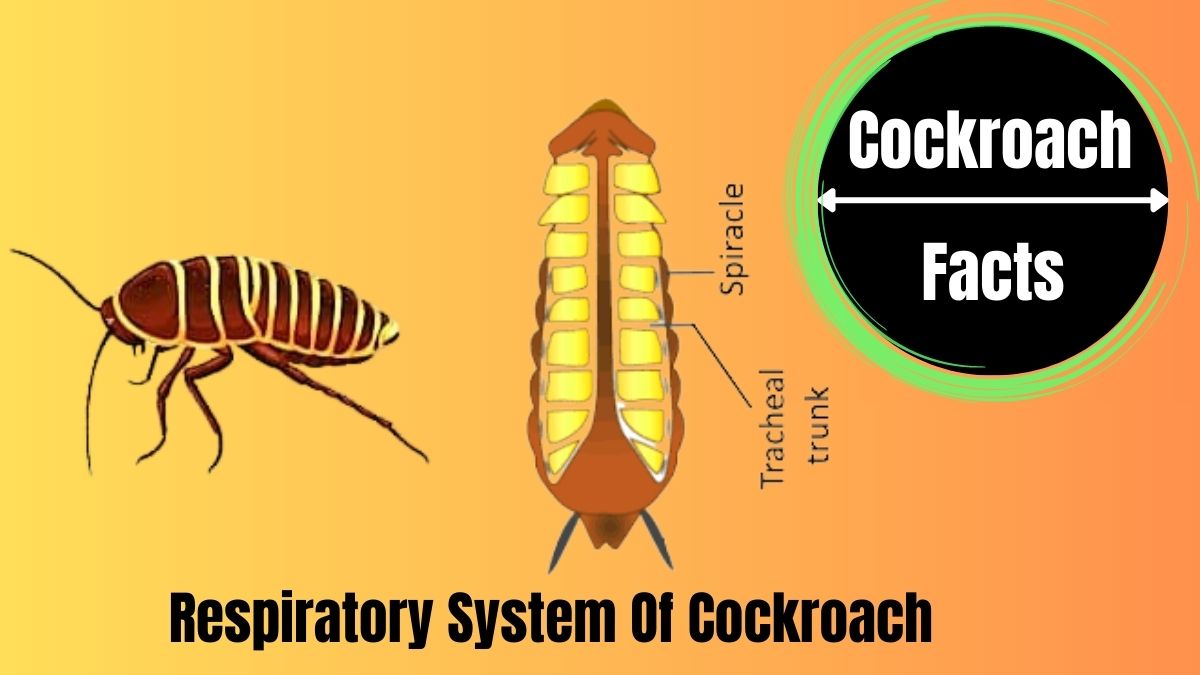Cockroaches are small insects that belong to the class Insecta and the order Blattodea. Like all insects, cockroaches have a specialized respiratory system that allows them to breathe efficiently. While their respiratory system may differ slightly from other insects, the basic principles remain the same.
Tracheal System
Cockroaches have a network of tubes called tracheae that act as their respiratory system. These tracheae are composed of tiny branching tubes that extend throughout the cockroach’s body, delivering oxygen directly to the cells.
Spiracles
Cockroaches have small openings on the sides of their bodies called spiracles. Spiracles are the entry points through which oxygen enters the tracheal system. They are connected to the tracheae and are covered with tiny hairs that help prevent the entry of dust and other particles.
Gas Exchange
Once oxygen enters the spiracles, it travels through the tracheae and reaches the cells of the cockroach’s body. The exchange of gases, including the uptake of oxygen and the release of carbon dioxide, occurs directly between the tracheae and the cells through tiny air-filled tubes called tracheoles.
Air Movement
Cockroaches do not possess lungs or any active respiratory organs like mammals do. Instead, they rely on passive diffusion to move air in and out of their tracheal system. When the cockroach moves, the contraction and relaxation of its body muscles cause changes in pressure, facilitating the movement of air in and out of the spiracles.
Oxygen Supply
Cockroaches have a high tolerance for low oxygen levels, which allows them to survive in various environments. Their tracheal system enables them to extract oxygen directly from the air, which helps them thrive in areas with limited oxygen availability.
Adaptations
Cockroaches have developed several adaptations to enhance their respiratory efficiency. For example, they have specialized structures called air sacs located near their spiracles, which can store air and supply it to the tracheae during periods of increased oxygen demand, such as during flight or when running rapidly.
It’s worth noting that cockroaches can also survive without oxygen for a certain period. They have the ability to enter a state called anaerobiosis, where they temporarily suspend their normal respiratory activities and rely on anaerobic metabolism to generate energy.
Conclusion
Cockroaches breathe through a system of tracheae and spiracles, which allow them to extract oxygen from the air and deliver it directly to their cells. Their respiratory system relies on passive diffusion and is highly efficient, enabling them to adapt and survive in various environments.

